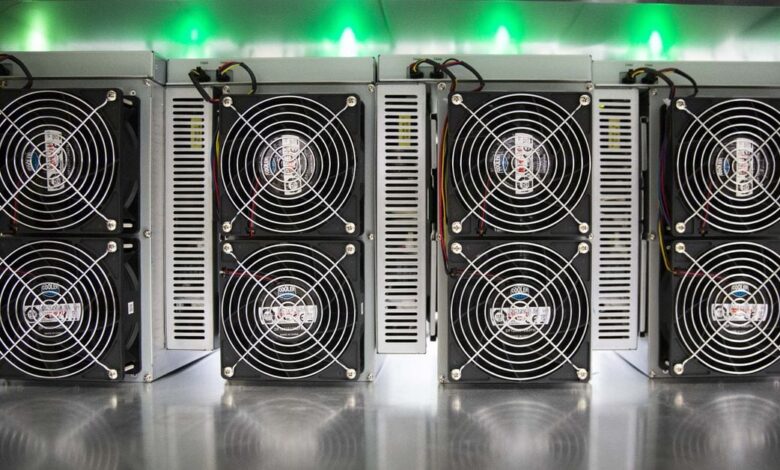
According to CryptoQuant’s head of research, Julio Moreno, solo mining is not as rare as one might think. While finding a block as a solo miner is still a low probability event, it has been happening more frequently lately. This increase in solo mining can be attributed to the rise in production of small ASICs, mining equipment designed for individuals who want to mine from the comfort of their own homes.
Solo mining, where an individual miner attempts to mine blocks on their own without joining a mining pool, has its advantages and disadvantages. While solo miners get to keep the full block reward if they find a block, the chances of finding a block are much lower compared to mining in a pool where miners combine their computational resources to increase their chances of finding a block.
Despite the low probability of success, solo mining remains popular among cryptocurrency enthusiasts who enjoy the challenge and independence that comes with mining on their own. With the growing accessibility of mining equipment and the increasing decentralization of mining operations, solo mining is likely to continue to be a trend in the cryptocurrency industry.






